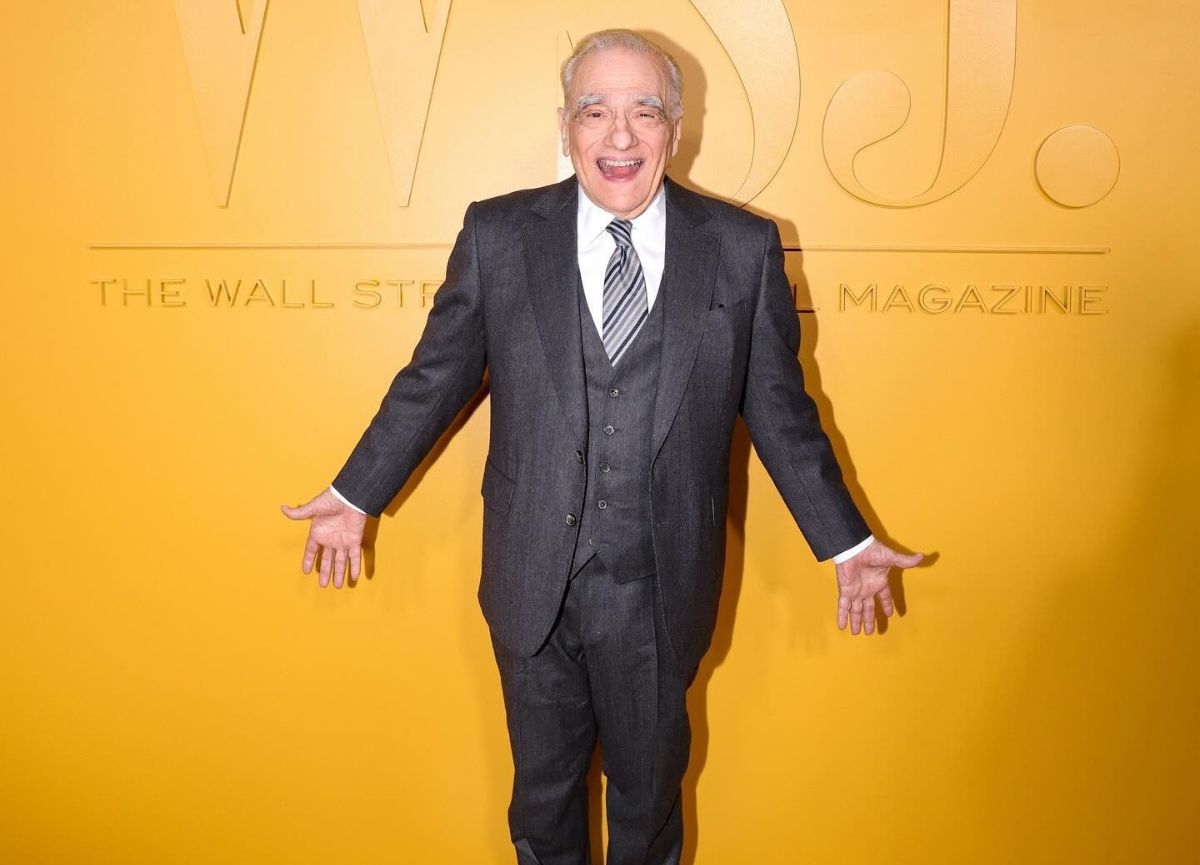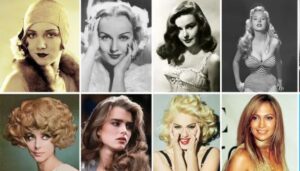The auteur theory, a cornerstone of film criticism, posits that a director’s personal creative vision is the driving force behind a film’s artistic merit.
This concept emerged from the French New Wave cinema movement of the 1950s, particularly through the writings of François Truffaut and other critics from the magazine Cahiers du Cinéma.
The theory elevates directors to the status of primary authors of their work, akin to novelists or painters in other art forms.
Key aspects of the auteur theory include:
- Personal Vision: The director’s unique style and thematic preoccupations are evident across their body of work.
- Consistency: A true auteur exhibits consistency in style, themes, and techniques across different films.
- Control: An auteur often exercises control over many aspects of filmmaking, including the script, cinematography, and editing.
Among the pantheon of directors who exemplify this theory, Martin Scorsese stands out as a quintessential auteur whose distinctive style and thematic preoccupations have left an indelible mark on cinema history.
Martin Scorsese: The Consummate Auteur
Born in 1942, Martin Scorsese’s career spans over five decades, during which he has directed 26 feature-length narrative films, 17 documentaries, and co-directed one anthology film.
His body of work showcases a remarkable consistency in style, themes, and techniques, solidifying his status as one of the greatest auteurs in film history.
Scorsese’s journey into filmmaking began with a childhood illness that confined him to bed, sparking an early obsession with cinema.
This passion translated into a burning desire to tell stories through film, a drive that has fueled his entire career.
As Scorsese himself stated,
“To be on a movie set or on a location, to be involved in the production, you have to want to do it. It has to be something that you’re burning to say.”
Via lwks
Auteur Elements in Scorsese’s Work
Thematic Concerns:
- Exploration of Crime and Violence: Many of Scorsese’s films delve into the underbelly of society, examining the lives of criminals and the consequences of violent behavior. Films like “Goodfellas,” “Casino,” and “The Departed” showcase this fascination with the criminal world, a consistent theme throughout his career.
- Morality and Redemption: Heavily influenced by his Catholic upbringing, Scorsese often explores themes of sin, guilt, and redemption. Characters in films such as “Mean Streets,” “Taxi Driver,” and “Raging Bull” grapple with moral dilemmas and seek redemption for their actions, reflecting Scorsese’s personal preoccupations.
- Identity and the Human Condition: Scorsese’s films frequently probe the complexities of human nature, particularly through the lens of Italian-American identity and the struggles of individuals within society. This recurring theme is a hallmark of his auteur status.
Technical Style:
- Innovative Cinematography: Scorsese is renowned for his dynamic camera work, including long-tracking shots, slow motion, and rapid editing. The iconic Copacabana tracking shot in “Goodfellas” exemplifies his mastery of camera movement and his distinctive visual style.
- Masterful Editing: Collaborating with editor Thelma Schoonmaker, Scorsese has developed a distinct editing style that enhances narrative flow and emotional impact. His use of montages, particularly in films like “Goodfellas” and “The Wolf of Wall Street,” condenses time and intensifies the viewer’s experience, showcasing his control over the film’s pacing and rhythm.
- Effective Use of Music: Scorsese’s carefully curated soundtracks are integral to his storytelling, enhancing the narrative and emotional resonance of his films. From the use of popular music in “Mean Streets” to the haunting score in “Taxi Driver,” music plays a crucial role in his work, further demonstrating his auteur approach to filmmaking.
- Character Development: Scorsese’s films are populated by complex, often morally ambiguous characters who undergo significant personal transformations. From Travis Bickle in “Taxi Driver” to Jordan Belfort in “The Wolf of Wall Street,” these characters are deeply flawed yet compelling, inviting audiences to empathize with their struggles. This consistent approach to character development is a key aspect of Scorsese’s auteur style.
Case Studies of Scorsese’s Films as Auteur Works
- “Taxi Driver” (1976): This dark exploration of urban alienation and violence features Robert De Niro as Travis Bickle, a disturbed Vietnam War veteran. The film showcases Scorsese’s ability to delve into the psyche of a troubled character while examining broader societal issues. As an auteur work, it exemplifies Scorsese’s themes of moral ambiguity and redemption, as well as his distinct visual style and use of voiceover narration.
- “Raging Bull” (1980): A biographical film about boxer Jake LaMotta, “Raging Bull” is noted for its intense performances and innovative cinematography. The film’s black-and-white aesthetic and brutal fight sequences demonstrate Scorsese’s technical prowess and his ability to portray complex, flawed characters. As an auteur piece, it showcases his themes of masculinity, violence, and self-destruction.
- “Goodfellas” (1990): Considered one of the greatest gangster films ever made, “Goodfellas” exemplifies Scorsese’s fascination with the criminal underworld. The film’s dynamic storytelling, memorable characters, and iconic scenes showcase his mastery of the crime genre. As an auteur work, it demonstrates Scorsese’s consistent themes, visual style, and narrative techniques.
- “The Departed” (2006): This crime thriller about an undercover cop and a mole in the police force won Scorsese his first Academy Award for Best Director. The film demonstrates his ability to craft intricate narratives while exploring themes of identity and moral ambiguity. It serves as a mature expression of Scorsese’s auteur style, revisiting his familiar themes in a contemporary setting.
- “The Wolf of Wall Street” (2013): A darkly comedic biographical film about the excesses of Wall Street, this film showcases Scorsese’s versatility as a director, balancing humor with serious themes while maintaining his signature style. As a late-career auteur work, it demonstrates Scorsese’s ability to adapt his style to new subject matter while retaining his core thematic concerns.
Conclusion: Scorsese as the Quintessential Auteur
Martin Scorsese’s contributions to cinema exemplify the auteur theory in action.
His consistent thematic concerns, distinctive visual style, and ability to elicit powerful performances from actors have created a body of work that is instantly recognizable and profoundly influential.
From his early works to his most recent productions, Scorsese continues to challenge and captivate audiences, solidifying his legacy as one of the most important filmmakers in cinema history.
Scorsese’s dedication to his craft, his willingness to take risks, and his deep understanding of film history have not only produced numerous masterpieces but have also inspired generations of filmmakers.
As an auteur, Scorsese has maintained remarkable consistency throughout his career while continually evolving his craft.
His films bear his unmistakable stamp, from their thematic content to their technical execution, fulfilling the key criteria of auteur theory.
Whether exploring the gritty streets of New York or the glittering excesses of Wall Street, Scorsese’s films always reflect his personal vision and artistic sensibilities.
As the film industry continues to evolve, Martin Scorsese’s career stands as a beacon for aspiring filmmakers, reminding us of the importance of authenticity, passion, and artistic integrity in creating truly impactful cinema.
His legacy as an auteur will undoubtedly continue to influence and shape the landscape of film for generations to come, serving as a prime example of how the auteur theory can be applied to understand and appreciate the work of a master filmmaker.




